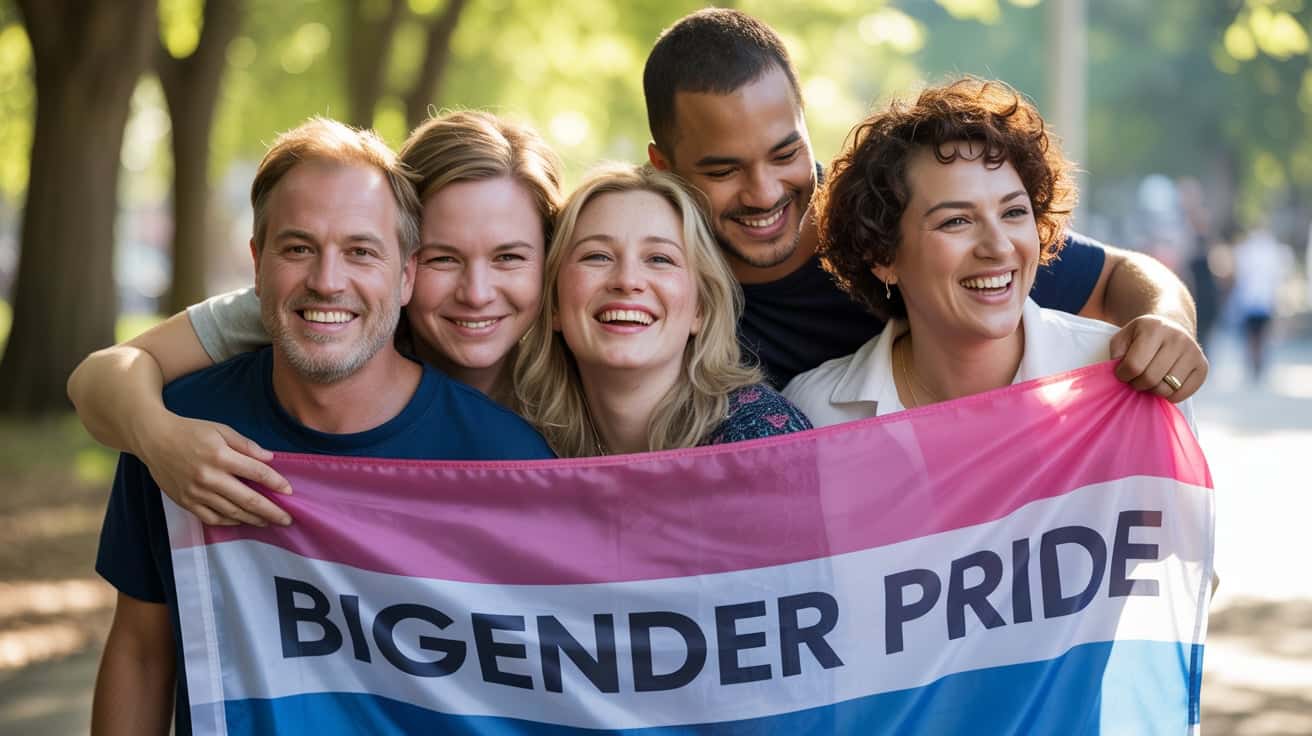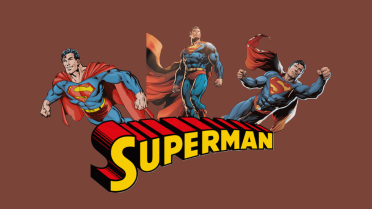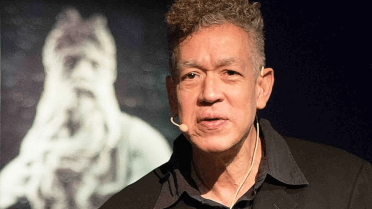Have you ever heard of bigender?
Well, it’s a gender identity that’s gaining more attention, and it’s definitely worth understanding.
It’s a unique gender identity that encompasses more than one gender experience.
But what does that look like in real life, and how is it different from other identities?
You may have also seen the bigender pride flag flying around, but do you know what each color stands for?
It’s more than just a flag; it’s a powerful symbol of identity, expression, and inclusion.
Stick with us as we break down what it means to be bigender, the meaning behind the flag, and why it matters in today’s world.
What is Bigender?
Bigender is a gender identity where someone experiences two distinct genders, either at the same time or by shifting between them.
This identity celebrates gender fluidity, allowing individuals to express themselves in ways that feel authentic to their unique experiences.
Key Points:
- Involves two distinct genders.
- Can feel both at once or shift over time.
- Each person’s experience is unique.
- Identity is internal; expression is external.
- Expression may change or stay the same.
The Bigender Flag: Meaning and Symbolism
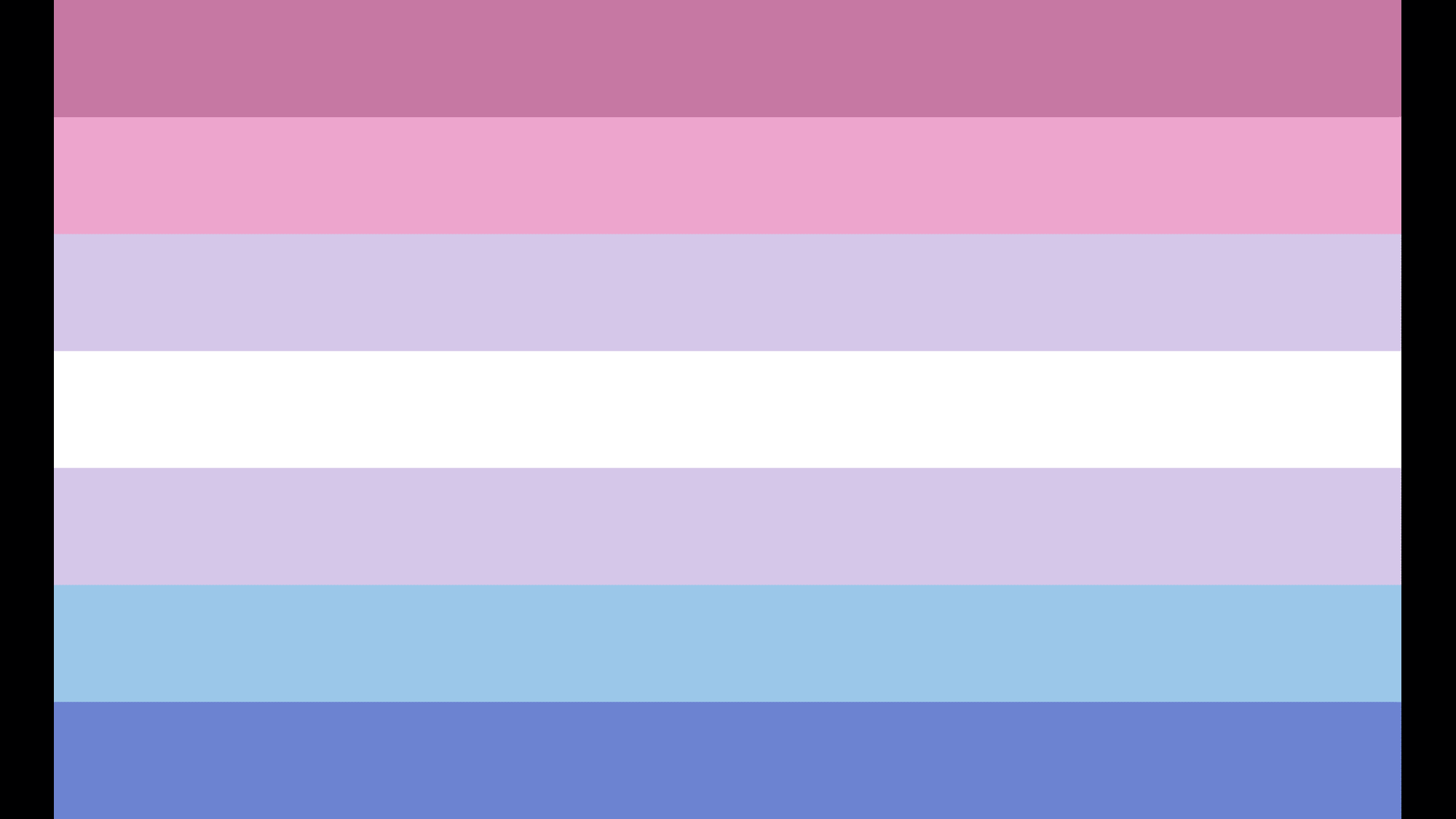
The flag consists of six horizontal stripes: light pink, soft pink, lavender, white, light blue, and dark blue. Each color represents a key aspect of the bigender identity:
- Light Pink: Represents femininity.
- Soft Pink: Represents a blend or combination of genders.
- Lavender: Represents the merging or shifting between genders.
- White: Represents the space between or outside of the traditional gender binary.
- Light Blue: Represents masculinity.
- Dark Blue: Also represents masculinity, reinforcing the masculine aspect.
The flag visually represents the gender fluidity and uniqueness within the bigender identity. Each color reflects a different aspect of gender, helping illustrate what words sometimes can’t. The purple tones in the lavender stripe specifically highlight the blending of traditionally gendered colors.
Bigender Identity vs. Other Gender Identities
| Identity | Description | Key Difference |
|---|---|---|
| Bigender | Involves identifying with and navigating between two gender identities. | Specifically involves two genders. |
| Binary | People identify strictly as male or female, experiencing only one gender. | Identifies with only one gender, either male or female. |
| Nonbinary | People do not identify strictly as male or female. They may feel like neither gender, both, or a mix of genders. | Includes a broad spectrum of gender identities beyond just two genders. |
| Genderfluid | Individuals experience shifting genders, but the shifts can involve more than two genders, not necessarily limited to male or female. | It can involve fluid movement across multiple genders, not limited to two. |
Gender Expression in Bigender People
Bigender individuals express their gender in ways that reflect how they feel at a given time. This might mean wearing feminine clothes one day, masculine the next, or blending both styles.
However, expression also includes behavior and mannerisms, which may shift depending on their gender identity at the time. Some show both genders at once, while others switch between them.
The key is flexibility, and these people express themselves in ways that feel true to who they are in each moment. This expression is distinct from sexual orientation, as it relates to gender identity rather than attraction.
Challenges Faced by Bigender Individuals
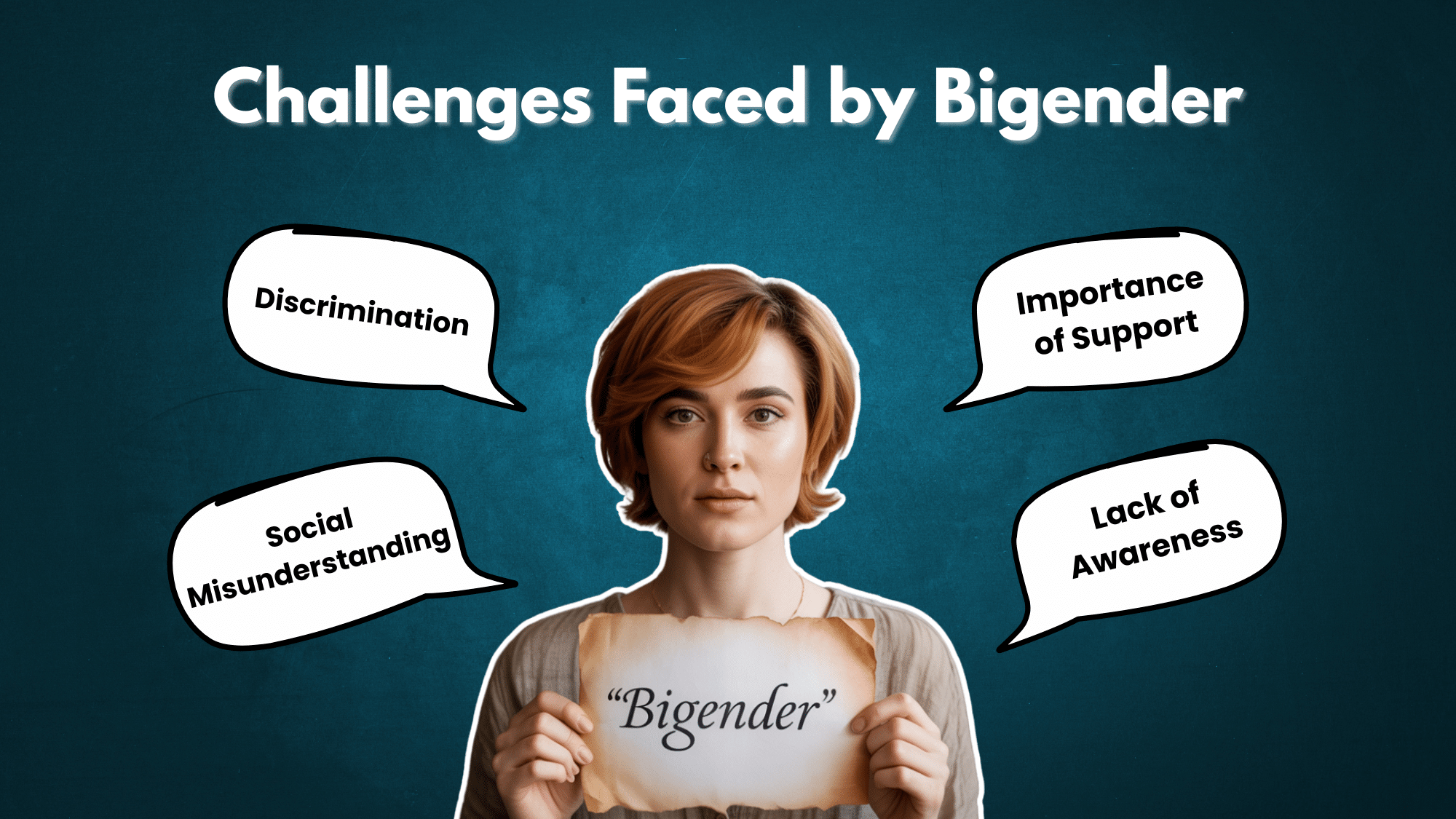
Bigender individuals may face misunderstanding, dismissal, or lack of recognition from both society and sometimes even within the LGBTQ+ community.
Many people are unfamiliar with bigender identities, which can lead to judgment, invalidation, or limited support. Creating open, inclusive spaces is essential for helping bigender people feel seen and respected.
- They are often misunderstood or dismissed due to a lack of awareness.
- Their identity may not be fully accepted, even within the LGBTQ+ community.
- Limited recognition can make it harder to find support or safe spaces.
- Understanding and acceptance help bigender individuals feel seen and validated.
The Importance of The Bigender Flag
Beyond its colors, the bigender flag plays a vital role in fostering visibility, pride, and acceptance.
It sparks conversations, raises awareness, and helps promote a more inclusive view of gender diversity in society.
By raising awareness and encouraging conversations about gender diversity, the flag challenges traditional gender norms.
Moreover, displaying it supports a more inclusive world where all gender identities are respected and understood. Like other pride flags, this image serves as both a personal statement and a collective call for recognition.
Bigender Symbols and Their Significance
Beyond the flag, bigender individuals may use various symbols to represent their identity. These symbols help create visibility and foster connection within the community. From jewelry to artwork, these representations allow people to express their bigender identity in personal and meaningful ways.
Conclusion
Understanding bigender identity goes beyond definitions, and it’s about listening, respecting, and making space for people to be their true selves.
And, symbols like the bigender flag remind us that identity is diverse and deeply personal.
By learning about these identities, you open the door to empathy and progress.
Let’s continue building a world where everyone has the freedom to express who they truly are, without judgment.


